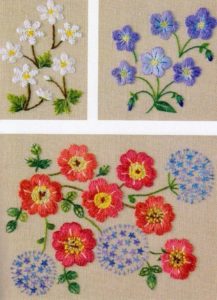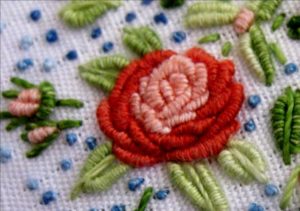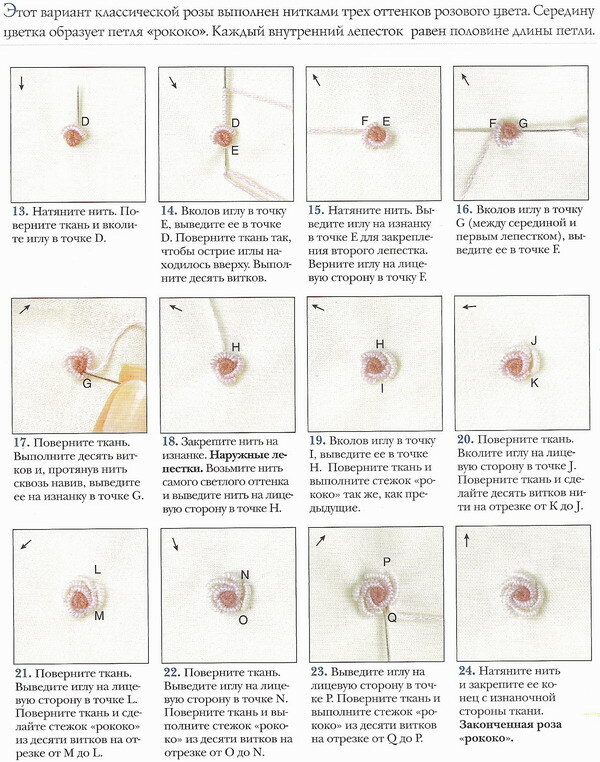 Flower embroidery is most often used to decorate warm clothing. Along with beauty, this decor makes things original. Especially if wool is used for embroidery. Unlike traditional floss threads, it looks more picturesque and natural.
Flower embroidery is most often used to decorate warm clothing. Along with beauty, this decor makes things original. Especially if wool is used for embroidery. Unlike traditional floss threads, it looks more picturesque and natural.
Embroidery with wool threads is great not only for decorating clothes, but also for creating decorative interior details.
For example, using this method you can create a beautiful picture or transform a bedspread.
What techniques can wool be used in?
There are several options for embroidery with this material. Wool is used in several techniques. Let's look at each method in more detail.
- Smooth surface. An image is drawn on the material. Then the contours of the figure are filled with dense stitches.

- Cross. This method is named after the appearance of the stitch, which is obtained by crossing threads.

- Volume variation. Typically this method is performed using a special grid: canvas. It is applied over the canvas and removed after finishing the work.
When finished, it has a highly convex pattern.

- Rococo. Flowers are obtained by entwining a needle with thread and then pinning the resulting workpiece to the material.

How to embroider a voluminous flower with wool
You can achieve a convex image using two techniques.
Rococo
Using the Rococo technique, small roses and leaves are made.
Work order
- Stick the needle into the fabric.
- Make a sufficient number of turns of the thread around the tip of the needle.

- Making a seam. Bring the needle inside out, while carefully holding the threads. The petal is ready.
- Now make the rest of the petals in the same way.

Volumetric embroidery
To create a voluminous large flower or bud, follow the instructions.
How to embroider a flower

How to embroider a bud

Reference! To make the flower look more convex, make a small backing under the stitches.
There is another version of the flower. It is suitable if you want to create a fluffy bud, for example, a dandelion.

To do this, cut threads of the same length from yellow yarn. Then, folding the fibers into a bundle, sew them center-wise to the fabric. Next, fold it in half from the sewing point and, stepping back a little, intercept it with another seam. Cover this area with dense stitches using green thread. Align the fibers of the top.
Flower embroidery patterns
For many craftswomen, the main problem in finishing clothes with embroidery is the need to create a beautiful design yourself. In such a situation, it is better to use ready-made schemes.
For example, to create an image of a tulip, you can use this option.

This variation is made with shadow satin stitch.
How to embroider with shadow satin stitch

For small flowers you can use the following example.
Fine embroidery

And finally, a few more interesting options.



Interesting patterns and beautiful embroidery!


 0
0





